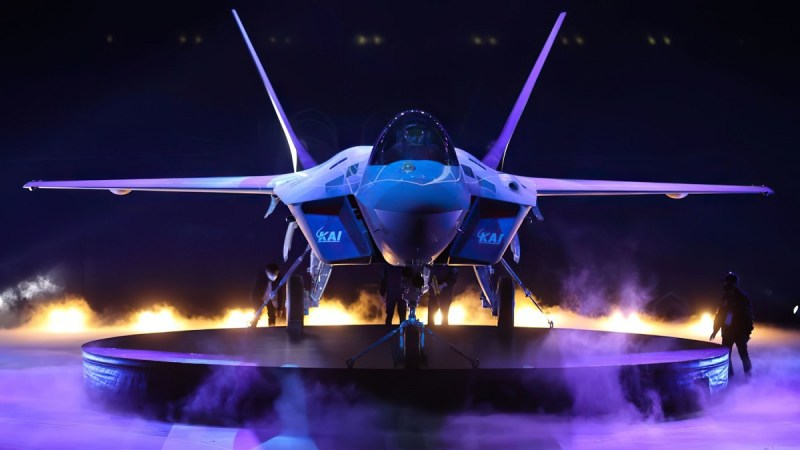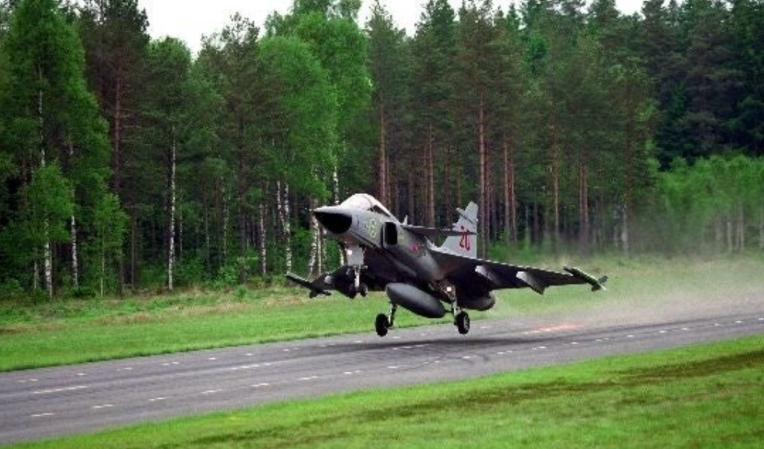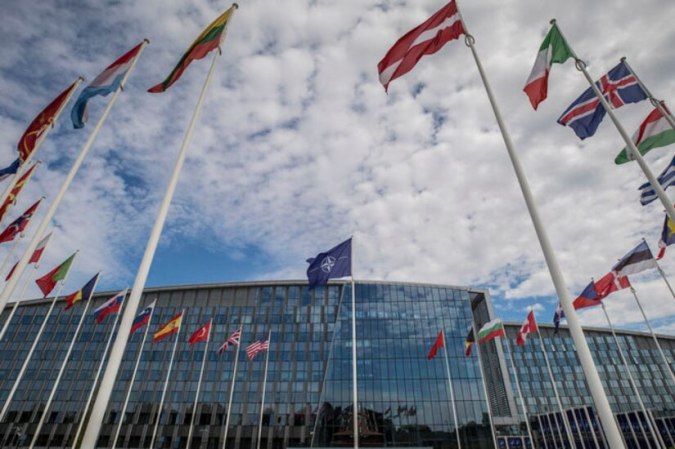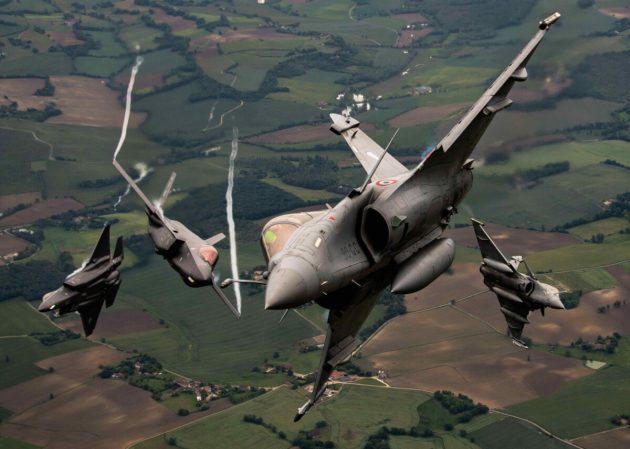In the 1980s, South Africa was facing a problem. Their fighters were getting old, their hostile, Soviet-backed neighbors were getting more modern fighters (like the MiG-23), and nobody in the West wanted to sell them new planes because of apartheid (a more ruthless version of the South’s old Jim Crow laws).
South Africa needed to modernize and they needed to do it quickly.

A South African Air Force Cheetah fighter jet flies over guided-missile destroyer USS Forrest Sherman (DDG 98) as the ship departs after participating in the Southeast Africa Task Group 60.5’s first deployment to the region.
(U.S. Navy photo by Gillian M. Brigham)
Israel showed South Africa the way
Fortunately, the South Africans weren’t totally out of luck. Their force of Mirage III interceptors were old, yes, but the design was combat-proven.
In the 1960s and 1970s, after being denied a sale of Mirage V multi-role fighters from France, Israel managed to develop upgrades to the Mirage III on their own. Israel’s experiences with the Nesher and Kfir — essentially pirated, upgraded versions of Mirage III and Mirage V fighters — would came in handy for South Africa.

Two Cheetah Cs and one Cheetah D in formation.
(Bob Adams via Wikimedia Commons)
The redesign of all redesigns
The South Africans began to pull their force of Mirage III fighters off the line to be “rebuilt” using Israel’s trade secrets. The result was the Atlas Cheetah, a plane that was in the class of the F-15 Eagle as an air-superiority fighter. Armed with Israeli Python 3 air-to-air missiles as well as indigenous Darter air-to-air missiles, the Cheetah was more than a match for the MiG-23 Floggers exported to Angola.
The Cheetah was fast (it had a top speed of 1,406 miles per hour) and it had an unrefueled range of 808 miles. In addition to its air-to-air missiles, it was also able to pack a pretty significant air-to-surface punch with conventional bombs, rockets, and missiles.
Still serving in South America
The Cheetah E was the first single-seat version to see service — and it held the line until the more advanced Cheetah C arrived. A two-seat combat trainer, dubbed the Cheetah D, was also built. The Cheetah Es were retired in the 1990s after the fall of the Soviet Union and the end of apartheid. The Cheetah C/D models soldiered on until 2008, when South Africa bought Gripens to replace them.
But the Cheetahs still see action — a number have been exported to Chile and Ecuador. Learn more about this South African hack of the Mirage III in the video below.


















